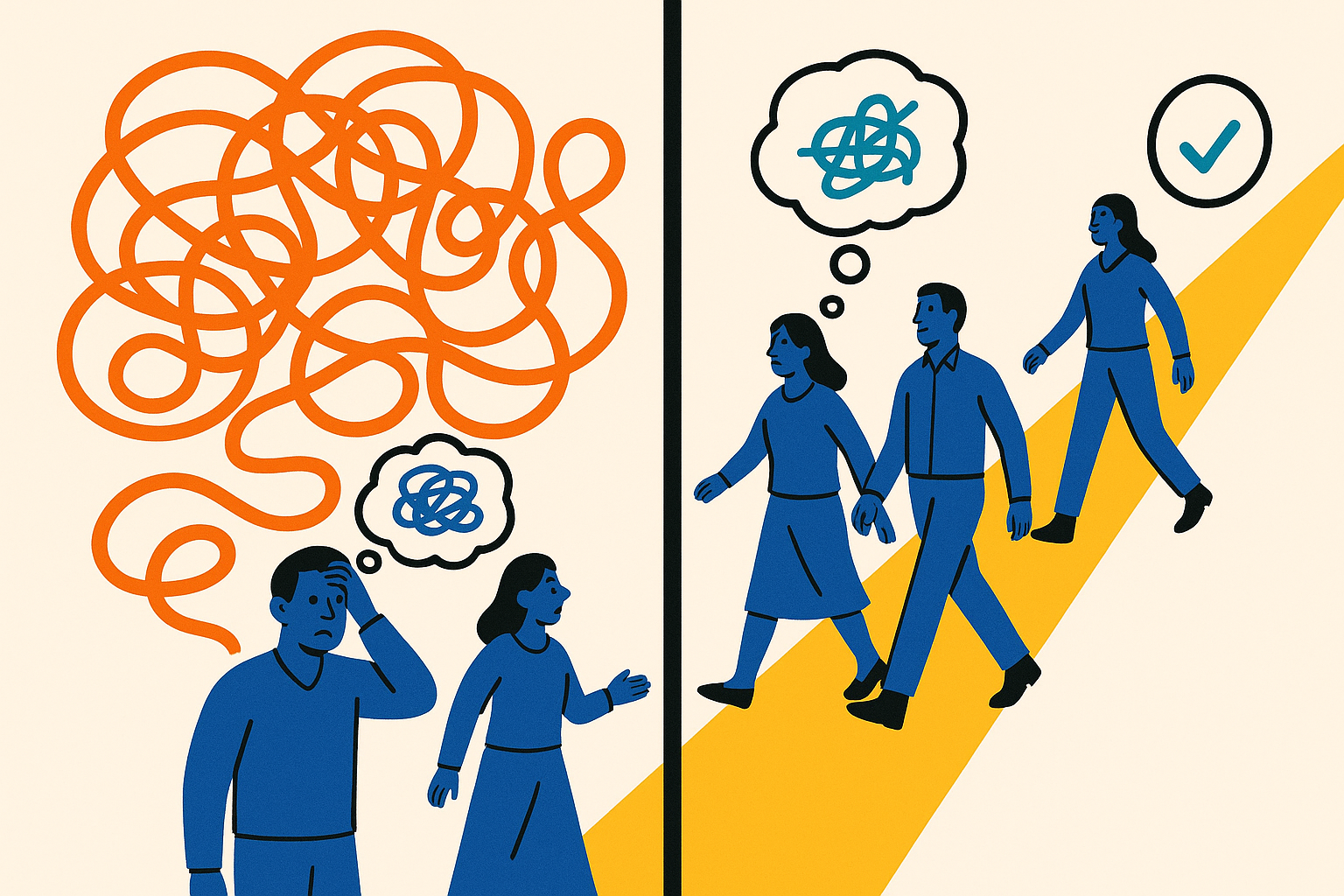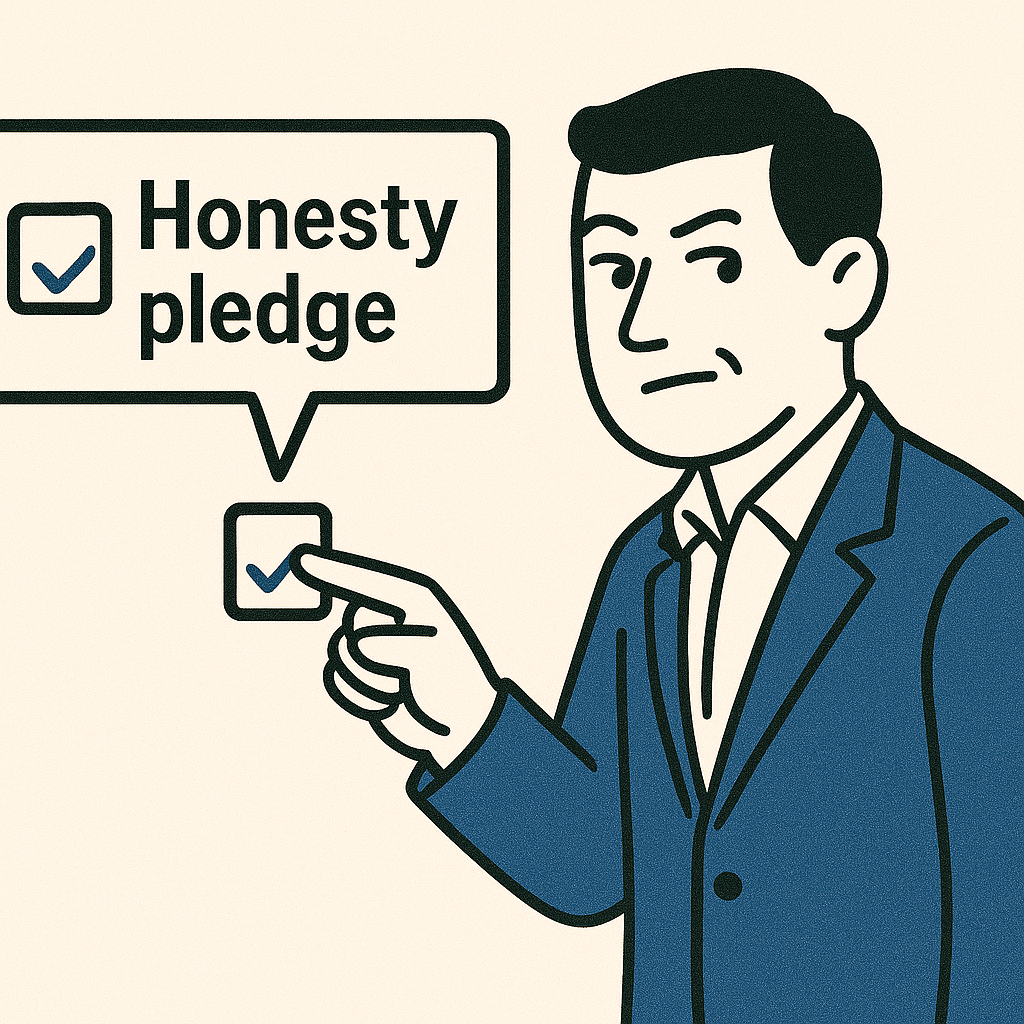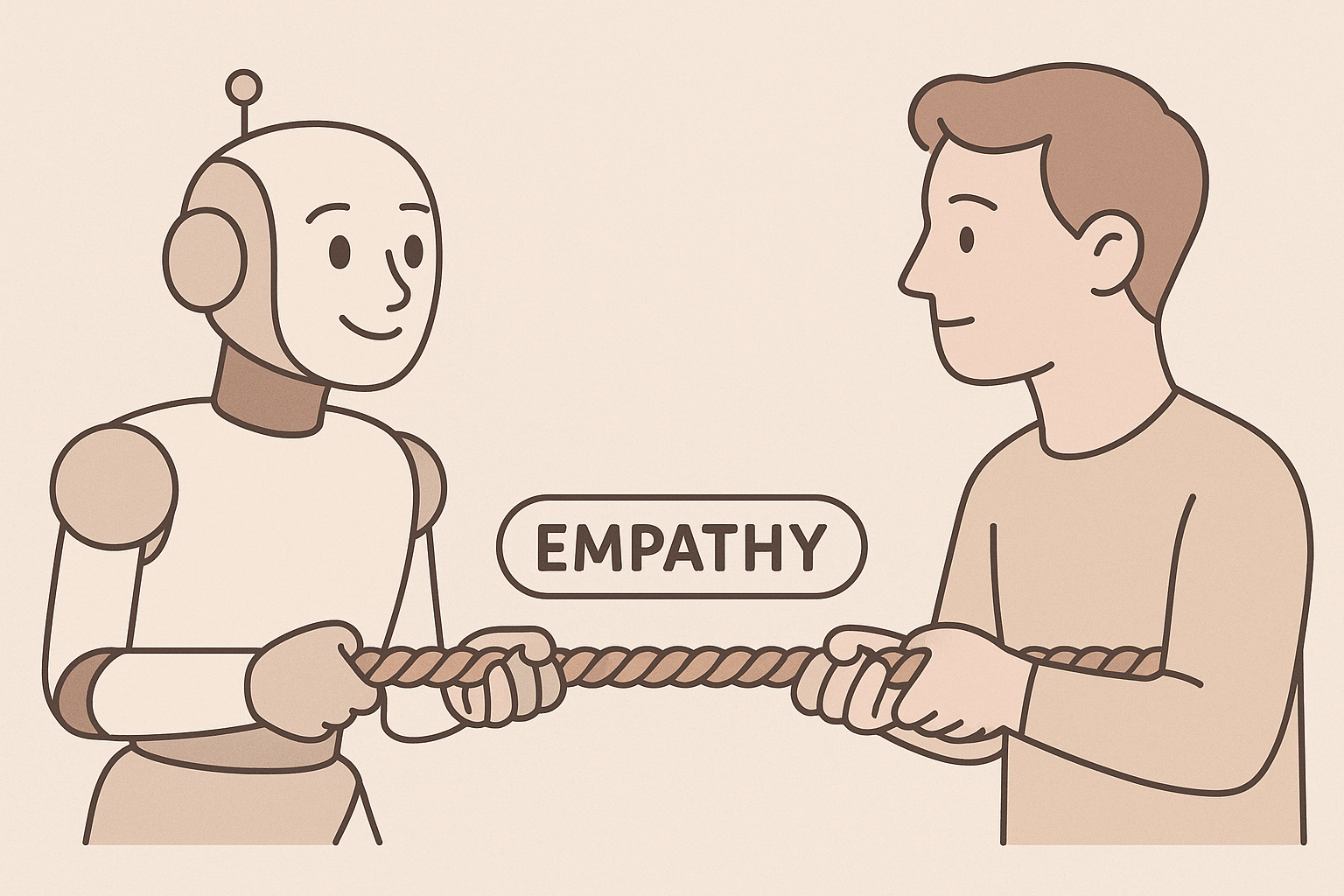🧠 The Psychology of High Stakes Behaviour
Welcome to our latest newsletter.
This month, we look at:
Why we are less honest when the stakes are high.
Why friendly AI, makes us less friendly.
How we think differently when things get complex.
When we want aggressive leaders.
Do you want to nudge your way to better results?
📈 Grow your business?
💰 Sell more?
💎 Increase customer value?
Email us to see how behavioural science can help you.
Every so often we use our Monkey Business newsletter to share useful nuggets, opinions, and findings as food for thought. Sign up here.
When Choices Get Complex, Customers Stop Thinking Straight
People do not just make random choices - they change how they think depending on how complicated a decision feels.
In a new study, researchers combined AI modelling with game theory to analyse over 90,000 choices. When the “game” was simple, people behaved rationally and predictably.
As soon as it got more complex - harder maths, more steps, or deeper strategic thinking - their decisions became noisier and less logical. For brands, that means every extra layer of complexity increases the risk of losing control over the outcome.
If you want predictable behaviour, make the choice feel simple and obvious. If you need complexity, add it gradually after people are already engaged.
Practical Business Takeouts:
Keep the first step simple - people make more rational choices when things feel easy. Show the simple version first, and only add detail after they have said yes.
Make prices effortless to understand - customers have to calculate, they will guess. Use amounts and offers that are obvious at a glance.
Show you are efficient - fast, smooth experiences feel more trustworthy. Promote how little time or effort it takes to get what they want.
Use a “hard” option to make the right one obvious - a deliberately complex or over-priced option can steer customers to the choice you want.
Add complexity later - let customers master the basics before introducing advanced options or features.
Like this?👉 Share it with a friend
Honesty Pledges Backfire When Stakes Are High
When people are applying for something competitive, making them promise to be honest can backfire. In a large real-world trial with over 12,000 applicants for a selective opportunity, those who clicked an “honesty pledge” were more likely to exaggerate their qualifications when those qualifications were critical.
For less critical, lower-stakes information, the pledge did reduce exaggeration. This suggests that in high-stakes situations, pledges do not curb dishonesty. Instead they may push applicants to rationalise boosting their credentials. In lower-stakes contexts, however, honesty nudges can still work.
Context matters. A pledge can feel like integrity in low-pressure settings, but in competitive environments it might encourage self-justification rather than truth-telling.
Practical Business Takeouts:
Use honesty nudges only when the ask is low-stakes - in casual or optional choices, telling people to be truthful can improve accuracy — but not when the outcome really matters.
Offer verification, not just promises - in high-stakes contexts, add proof-based checks (like credentials or audits) instead of relying on pledges to ensure honesty.
Watch for self-justification - people may lie to align with their own internal promise. Design systems that prevent rationalisation, not just promote it.
Tailor your honesty approach by context - use pledges where they help (e.g. customer reviews, feedback forms) — but switch to harder safeguards when things feel competitive.
Frame honesty as alignment, not obligation - instead of “promise to tell the truth”, try “help us understand the real you”. That subtle shift frees people from performance pressure.
Like this?👉 Share it with a friend
Friendly AI May Make Us Treat People Like Machines
The more humanlike our AI appears, the less human we treat real people.
LSE researchers led by Dr Hye-young Kim found that when AI agents seem emotionally intelligent, we start to view actual humans more like machines - less deserving of empathy or respect.
One experiment showed participants who saw emotionally expressive robots were more comfortable endorsing inhumane workplace practices. But when AI displayed clearly non-human capabilities, people perceived others as more human again.
Emotionally rich AI may cheapen human interaction. To counter this, companies should emphasise AI’s difference from people and actively highlight when interactions involve real humans.
Practical Business Takeouts:
Avoid overly “human” AI in customer interactions - friendly, emotionally expressive AI may make people treat human staff coldly. Keep emotional tone in AI bounded.
Highlight the human element - make it clear when your customers are talking to a real person, especially in customer service or HR, to preserve empathy.
Contrast AI and human capabilities - when introducing AI, frame it as complementary - not a replacement - to reinforce the unique value of human touch.
Remind customers of human presence - use cues like “Our team is ready to help you” to offset any dehumanising effect from AI experiences.
Use AI’s difference to build respect - feature messages like “Powered by AI but guided by real experts” to spotlight human oversight over automated systems.
Like this?👉 Share it with a friend
In a Tough World, Bosses Who Bite May Look Right
When people believe the world is a fierce competition, they may see aggressive leaders as more competent rather than off-putting.
In experiments with over 2,000 participants, those who view society as a “jungle” were more likely to rate blunt, domineering, or hard-nosed bosses as effective. They also sometimes assumed that successful CEOs reached the top by playing tough.
People with this competitive mindset may prefer and stay longer with these brands and businesses. How people view the world shapes how they judge leadership. Messaging or hiring processes that ignore worldview differences risk misreading what traits an audience values – and missing the chance to align tone, style, and ambition.
Practical Business Takeouts:
Match tone to worldview - if your audience sees the world as competitive, they may respond better to leaders or messaging with a tougher edge.
Segment by worldview in communications - competitive thinkers may prefer direct, assertive language, while collaborative thinkers may favour a warmer tone.
Frame around ambition or care - present products, services, or leaders as bold and decisive for competitive audiences, or as supportive and cooperative for collaborative ones.
Monitor retention and morale - tough styles may keep competitive-minded people engaged – but watch for burnout or disengagement in others.
Like this?👉 Share it with a friend
😓 Tough business challenge? See if we can help. We probably can.
James, Patrick and Dan
We practically apply the science of the human mind for hard, commercial results
Please feel free to share.
➡️ Sign up for your own MONKEY BUSINESS by clicking here





